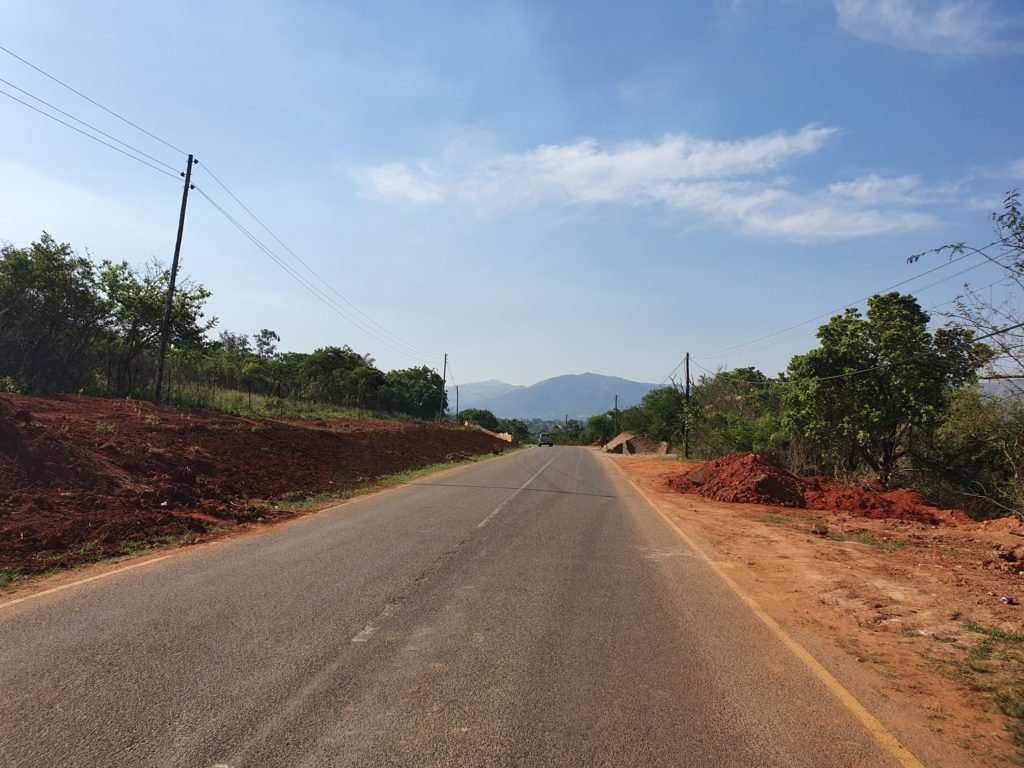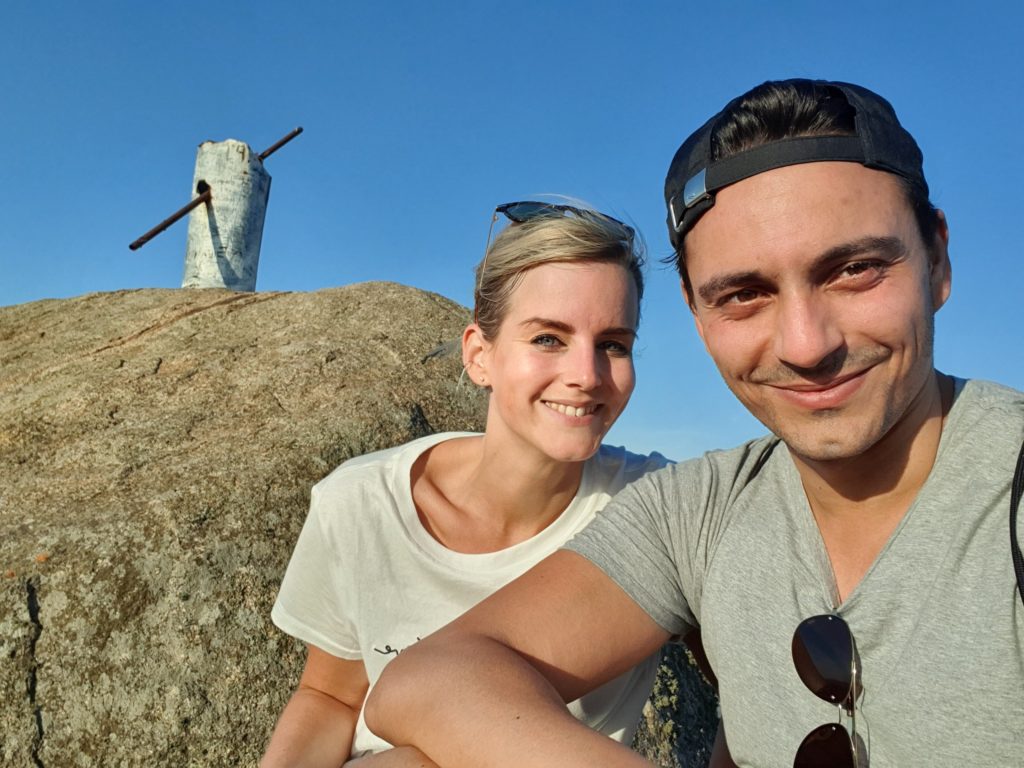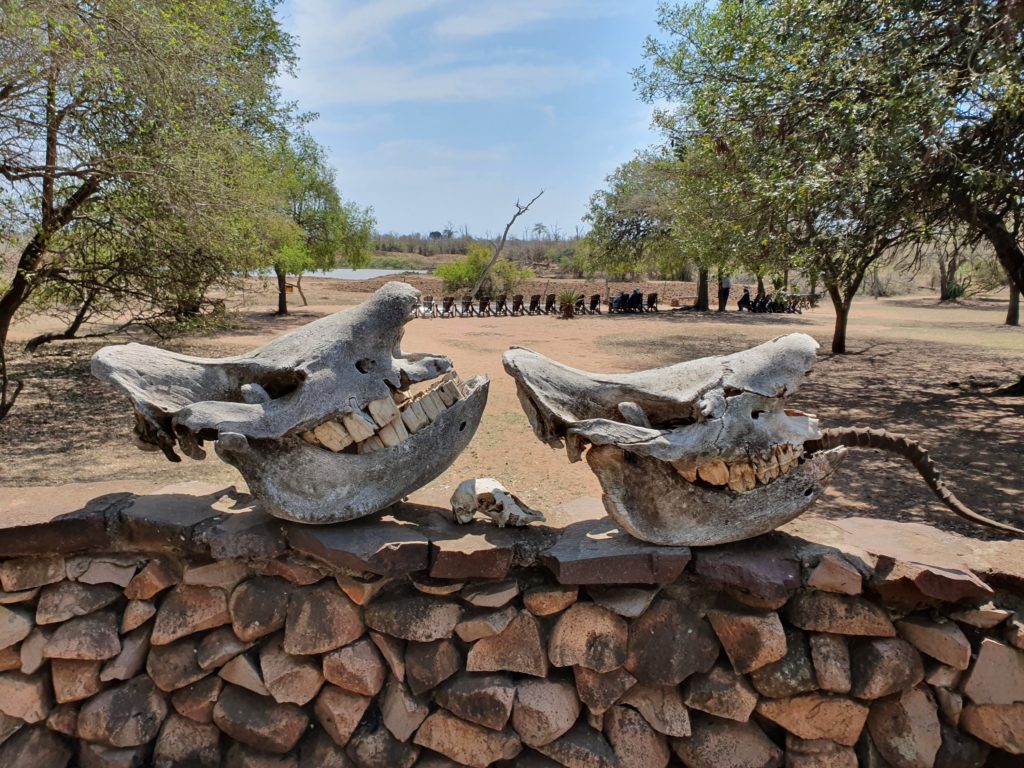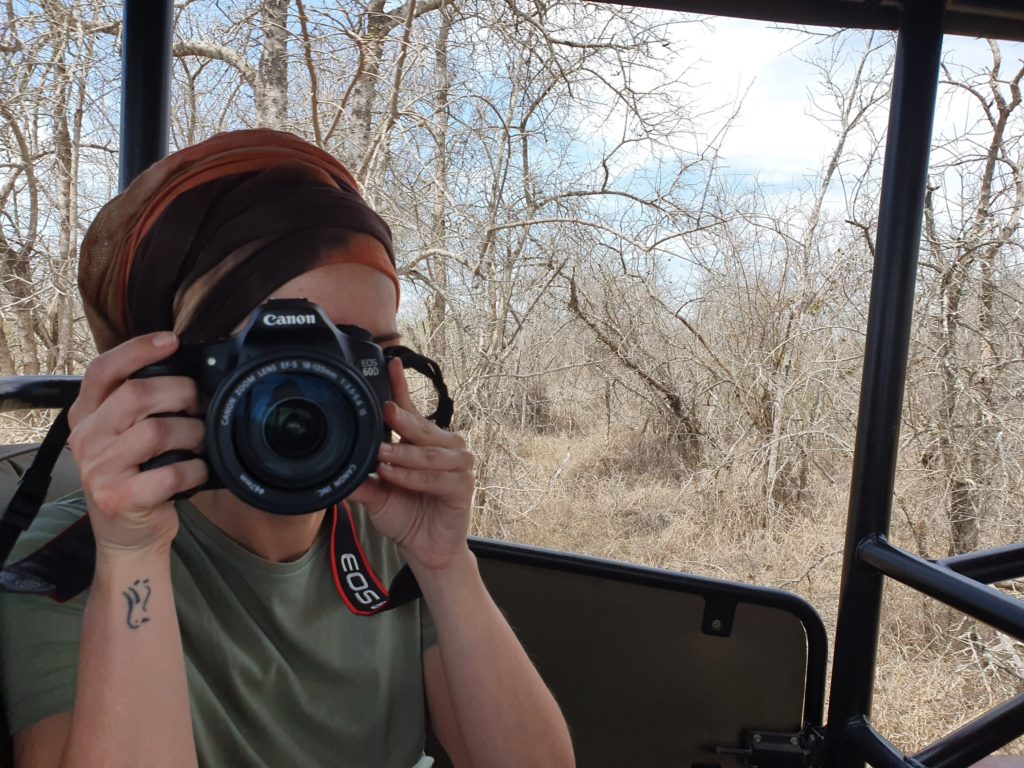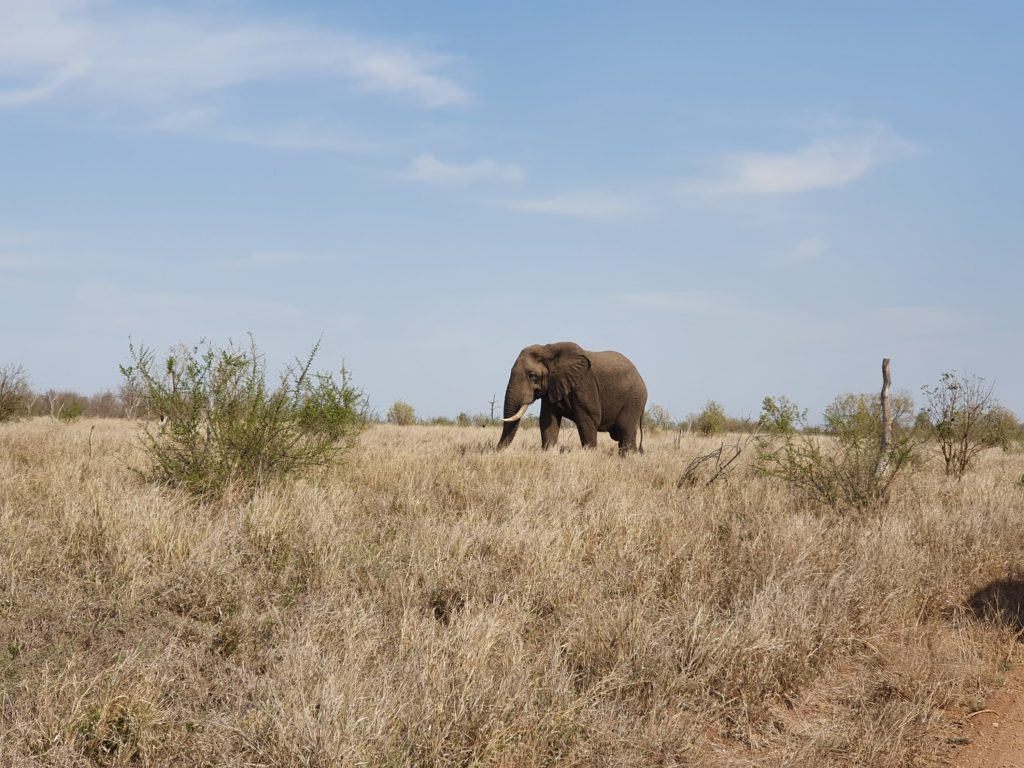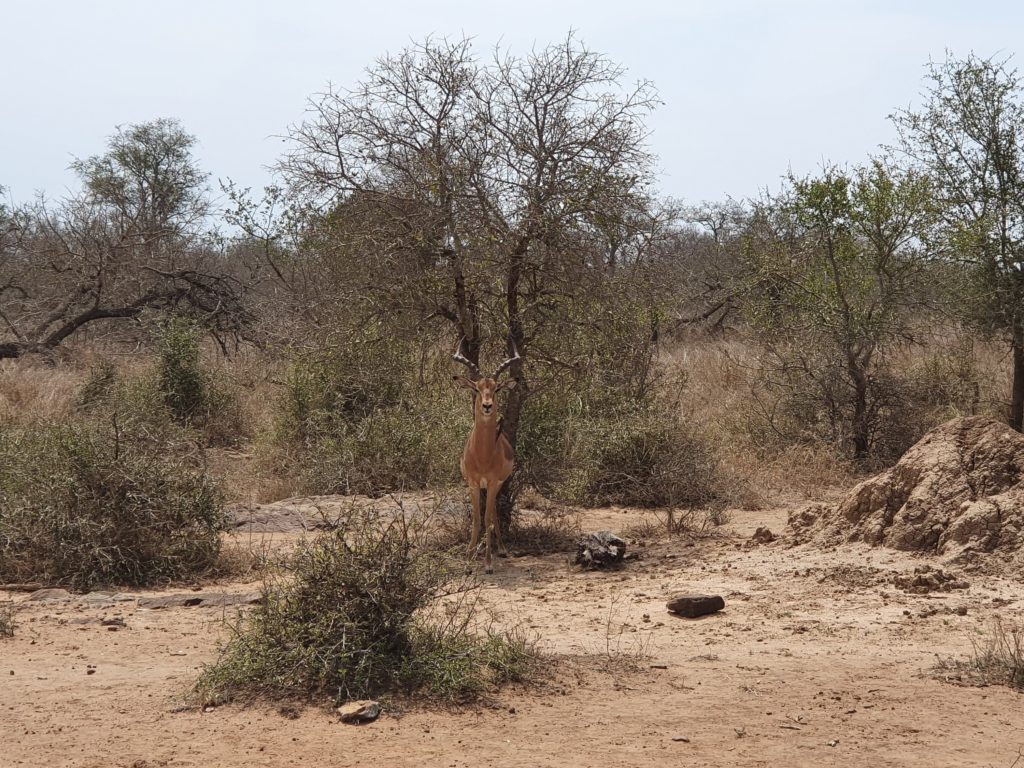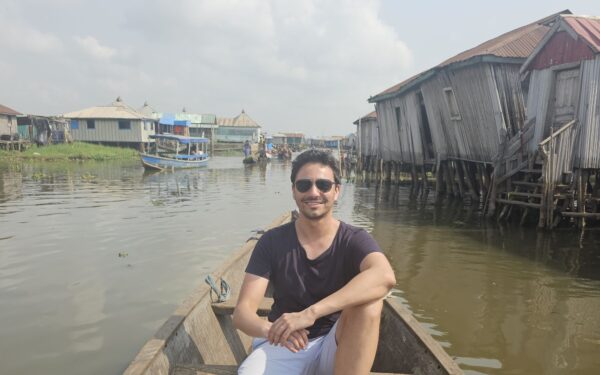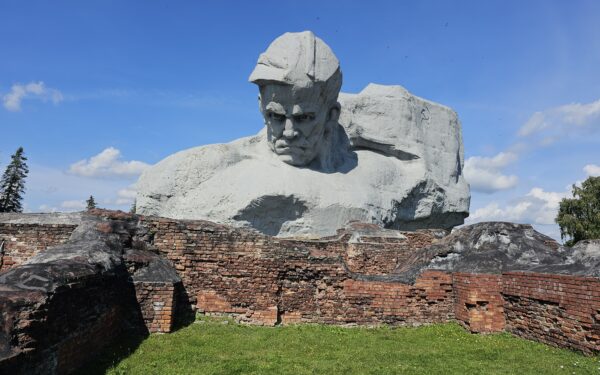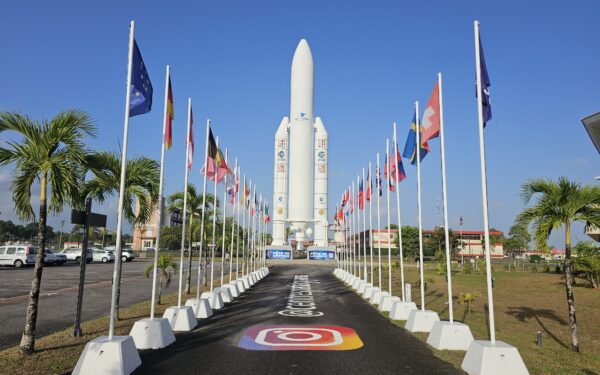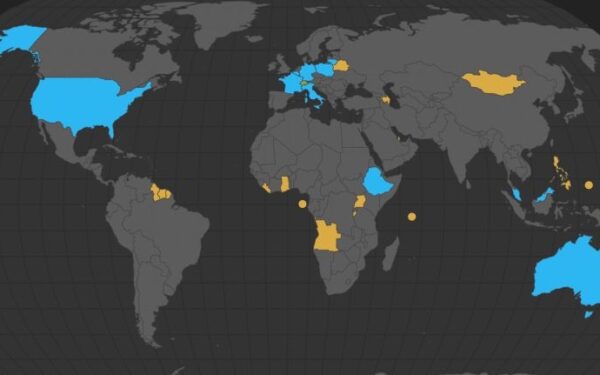Trip report: Eswatini (Swaziland)
Visited in September 2019
The coolest way to enter a country is to cross the border on foot. In my opinion this has much more style than leaving an airport somewhere in the middle of the country. This way you say goodbye to a country and just a few meters later hello to a new one.
In Africa such border crossings can be very annoying, though. Sometimes the procedure takes several hours, sometimes you are asked by customs officers for “gifts” and sometimes the border is simply closed when you show up. The border between South Africa and Eswatini is fortunately one of the easiest on the continent. The customs officers are nice on both sides and after about five minutes your passport is stamped and you are on the other side.
That’s exactly what happened to us when we entered Eswatini. My 16th African country and my 91st in total. Ever heard of the Kingdom of Eswatini? Most will probably answer this question with no. Even the name Swaziland, which Eswatini had before 2018, will probably make many people shrug their shoulders.
So, let me introduce this tiny country to you…
Eswatini, the country with 15 First Ladies
Eswatini is the smallest country that is not an island in the southern hemisphere and the second smallest country on the African mainland, sandwiched between South Africa and Mozambique.
King Mswati III changed the name from Kingdom of Swaziland to Kingdom of Eswatini in 2018 for two reasons. On the one hand, he wanted to celebrate the 50 years of independence of his country. On the other hand, according to the monarch the country was too often confused with Switzerland.
King Mswati III is also known beyond the country’s borders because he has 15 wives. Eswatini is one of the last four absolute monarchies in the world. An absolute monarchy means that the king is the sole authority of the state. The laws that he himself enacts do not count for him. And so he treats himself to a new wife every now and then. Needless to say, the consent of the woman is irrelevant.
But I didn’t come to Eswatini to see the monarch and his wives, but to see the magnificent landscapes of the country. My original plan was to “tick off” this country on my way from South Africa to Mozambique. Just like I did with Lesotho that I visited on a day-trip four years ago. That would have been a bad mistake, however. After some research I found out that Eswatini has enough to offer to spend a few exciting days there. And so we booked three nights in the country.
Hiking in the Ezulwini Valley
Eswatini has two “big” cities: the capital Mbabane (90,000 inhabitants) and the biggest city of the country Manzini (110,000 inhabitants). However, most tourists head directly to the Ezulwini Valley, the cultural heart of the country. This 30km long valley is located between the two cities, but as there is not much to do in these cities, it is not worth wasting much time neither in Mbabane nor in Manzini.
From the Ezulwini Valley you can reach the most important sights of the country by car in less than 2 hours. If you arrive in the afternoon like us, the possibilities are a bit more limited. But there was still some time left and we decided to hike up the Sheba’s Breast Mountain. This hike takes about 1.5 hours up and the same time down again.
The trail starts at Lidwala Backpacker Lodge, where you pay a few rand as entrance fee. The currency in Eswatini is the lilangeli, but the South African currency is accepted everywhere. Eswatini is part of a currency union with South Africa, Lesotho and Namibia. All currencies of these countries are tied at a one-to-one exchange rate.
When Kati and I arrived, the hostel security guard first wanted to send us away. It was already too late, he said. Soon the sun would set and then we would get lost in the mountain. “We will only do part of the ascent,” I lied to him so that he wouldn’t make a problem anymore. In the Backpacker Lodge nobody asked any more unpleasant questions. They just happily took our rand and showed us the start of the trail.
I’d be lying if I called this hike easy. The ascent was relatively steep and required physical condition. Furthermore, the hiking path was very badly marked, so that one never knew exactly if one was still on the official trail or not. We also had the pressure of time because we needed to be back down before sunset. Really miserable, however, was the descent, which was by no means without danger. Logically it was as steep as the ascent, but it was extremely slippery and you had to be careful not to fall down the hill.
But the reward for these efforts was the view we had at the top. The view that we had on the side from which we hiked up was not really worth mentioning. But the other side of the mountain had it all.
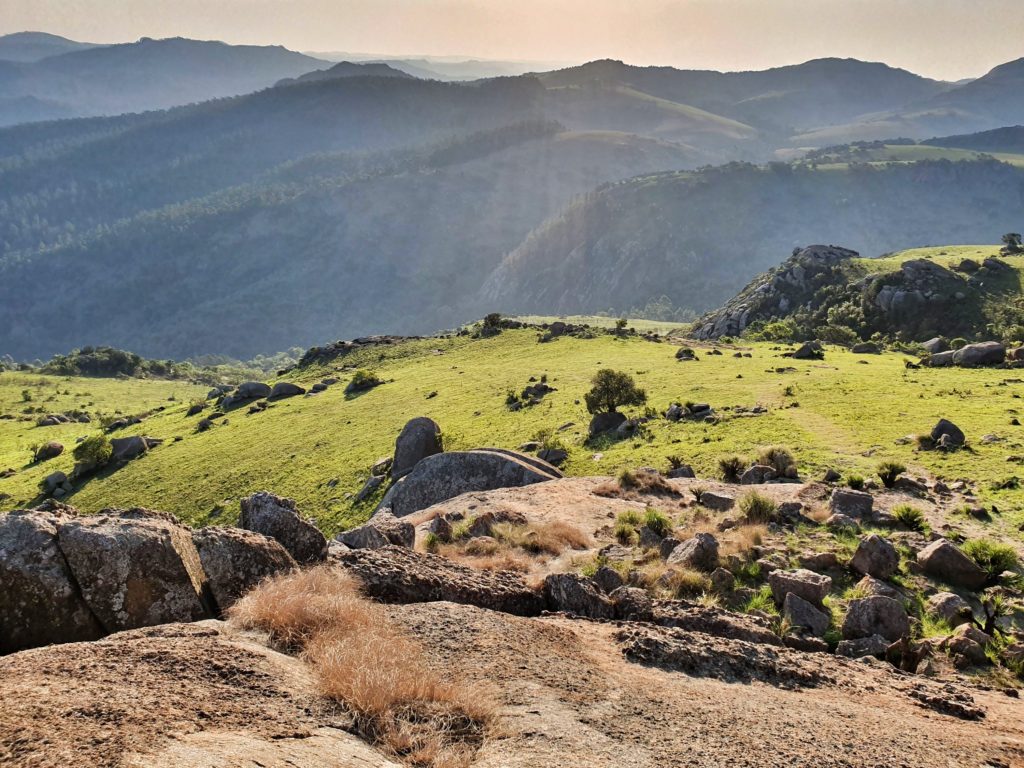
It was almost completely silent on the mountain. Apart from the wind, the occasional chirping of a bird and our own breath, we didn’t hear anything at all. Beside us there were two other tourists at the top, otherwise we didn’t see anyone up there or on the trail. Thus, we had the view for ourselves.
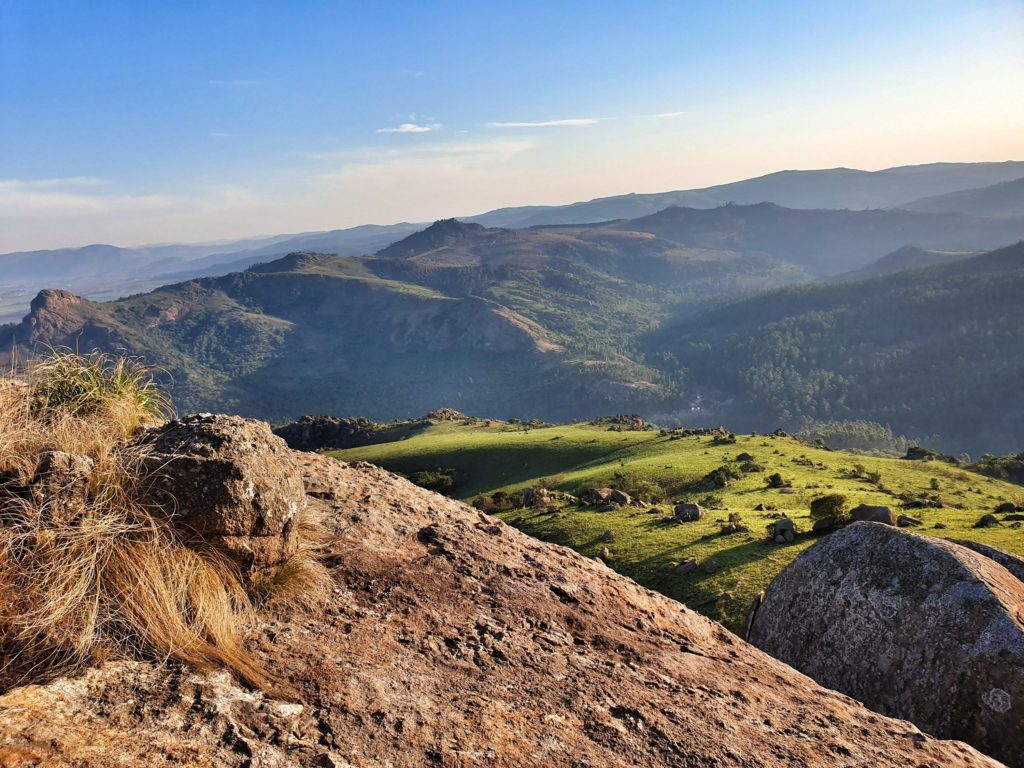
Our timing was perfect because five minutes after we arrived back down, the sun was down and it was dark. The Sheba’s Breast hike was a good start in Eswatini. The second day was even more promising.
Rhino safari
For a small country Eswatini offers relatively many possibilities to observe animals in their natural environment. The Hlane Royal National Park is Eswatini’s largest protected area and the only national park in the country (besides a wildlife sanctuary and two private game reserves).
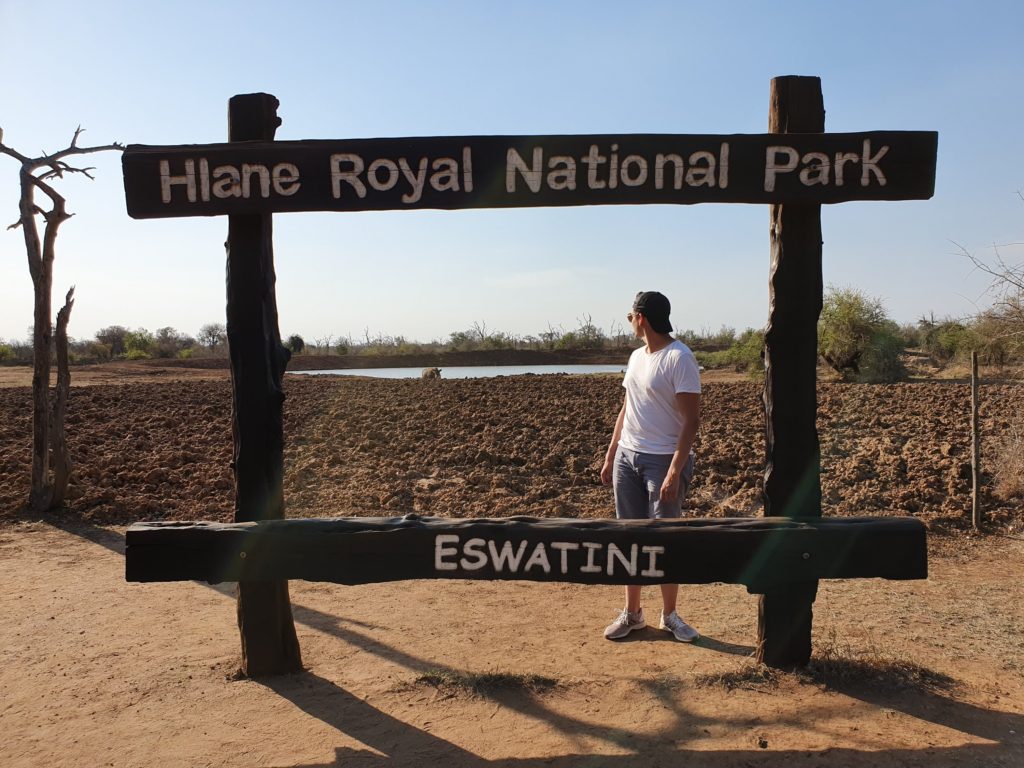
After we had organized a driver for the whole day the evening before (for 67 dollars), we arrived in Hlane National Park shortly before 11am after a two-hour drive. There were two activities waiting for us: a rhino drive and a game drive right after.
The special thing about the rhino drive is that you not only drive to where the rhinos are, but also get out of the car and approach them on foot up to about 10 meters.
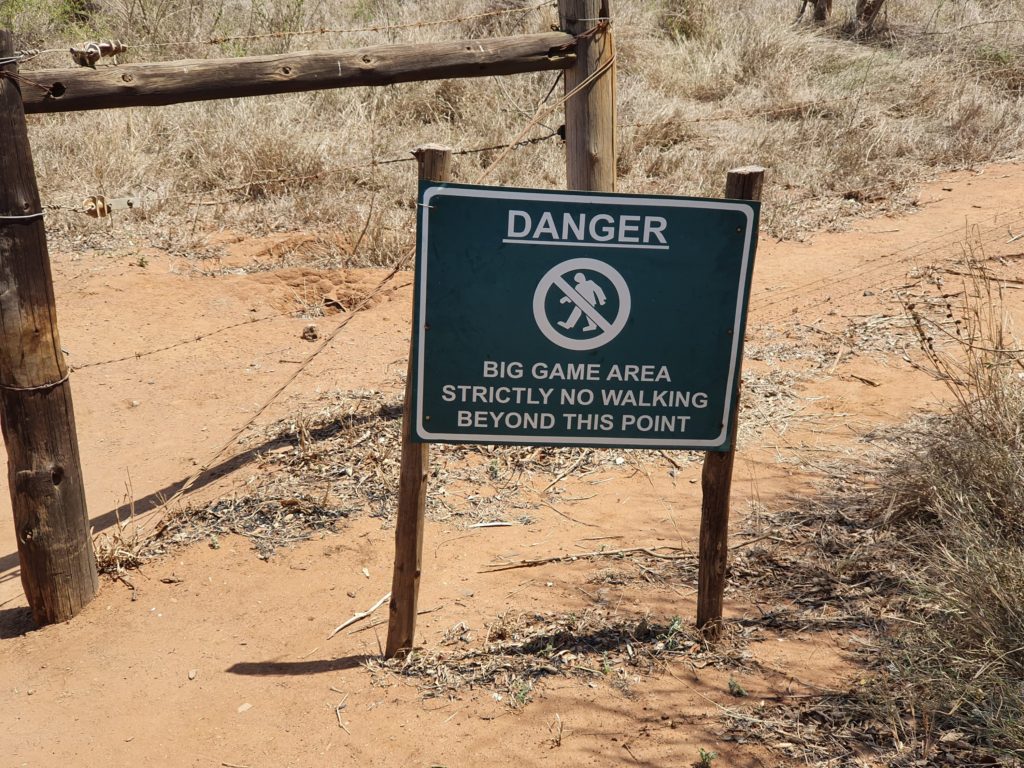
Although rhinos can be very dangerous for humans, the risk of such an activity is quite small. Rhinos can hear and smell very well, but their vision is weak. That’s why rhinos know that people are nearby, but not exactly where.
Together with four older German tourists and a park ranger we took a seat in the vehicle and drove into the rhino section of the park. Because there are still poachers hunting rhinos in Eswatini, the park needs patrolling rangers. To avoid an encounter between these rangers and lions, the rhinos are kept separate from the lions.
It took maximum five minutes until we saw the first rhinos. We immediately took this opportunity to get out of the car. The rhinos were in the shade under trees and we approached them with a certain safety distance.
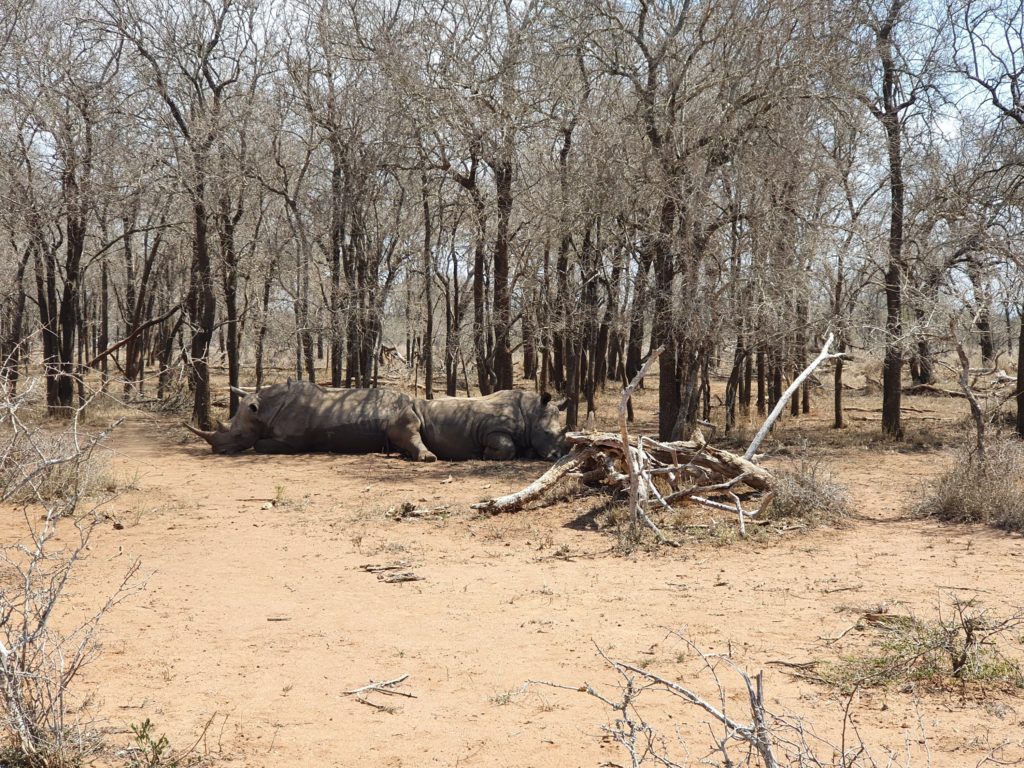
Standing so close to these magnificent but gigantic animals was on the one hand frightening, but on the other hand incredibly exciting. The rhinos have definitely noticed that we were close to them. Sometimes one stood up abruptly because it heard our sounds. However, the ranger informed us at the beginning of the tour that we should not run away in such a case.
The whole rhino drive lasted 1.5 hours, half of which we spent in the car and the other half on foot. We saw several rhinos, mostly in groups of two. In addition, we saw other animals like impalas or warthogs. However, the focus was clearly on rhinos.
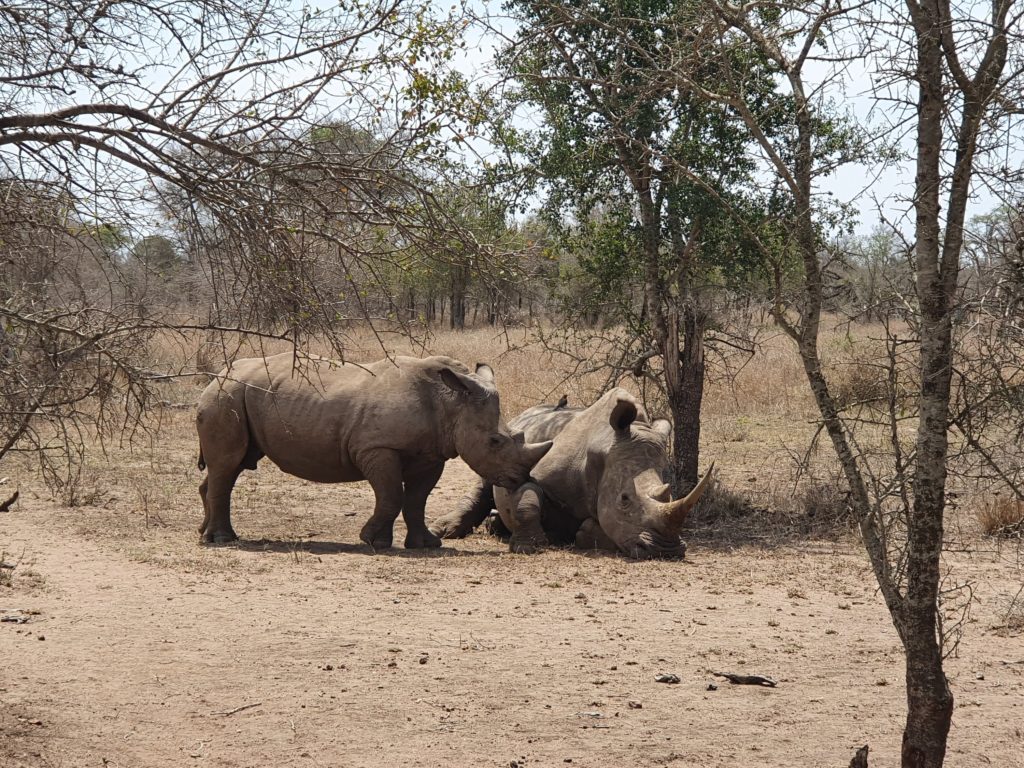
There are not many places in the world where you can experience such rhino trackings. In the Kruger National Park in South Africa there are also such tours. In Kenya and Zambia apparently also. And in Eswatini. For us it was a great experience, probably even the highlight in Swaziland. And the best thing about it was that it only cost 19 dollars.
Hlane Game Drive
I’ve never been on a safari before in my life. I have visited wildlife parks like Knysna Elephant Park or Monkey Forest in Ubud, but my first real game drive took place here in Hlane Royal National Park. This game drive took place right after the rhino drive. In Hlane Park there are the big 5 (elephant, rhino, buffalo, lion and leopard) and we were looking forward to seeing some of them.
“Welcome to the game drive,” said our guide. “A game drive means sometimes you win, sometimes you loose.” In other words, luck determines whether you actually see animals or not. We started again in the rhino section and in the first half hour we saw the same thing we had seen on the rhino drive before (without getting out of the car).
While the other guests enjoyed the rhinos, it eventually meant for us that we would “lose the game”. In the almost two hours we spent outside the rhino section we saw only four sleeping lions and one elephant.
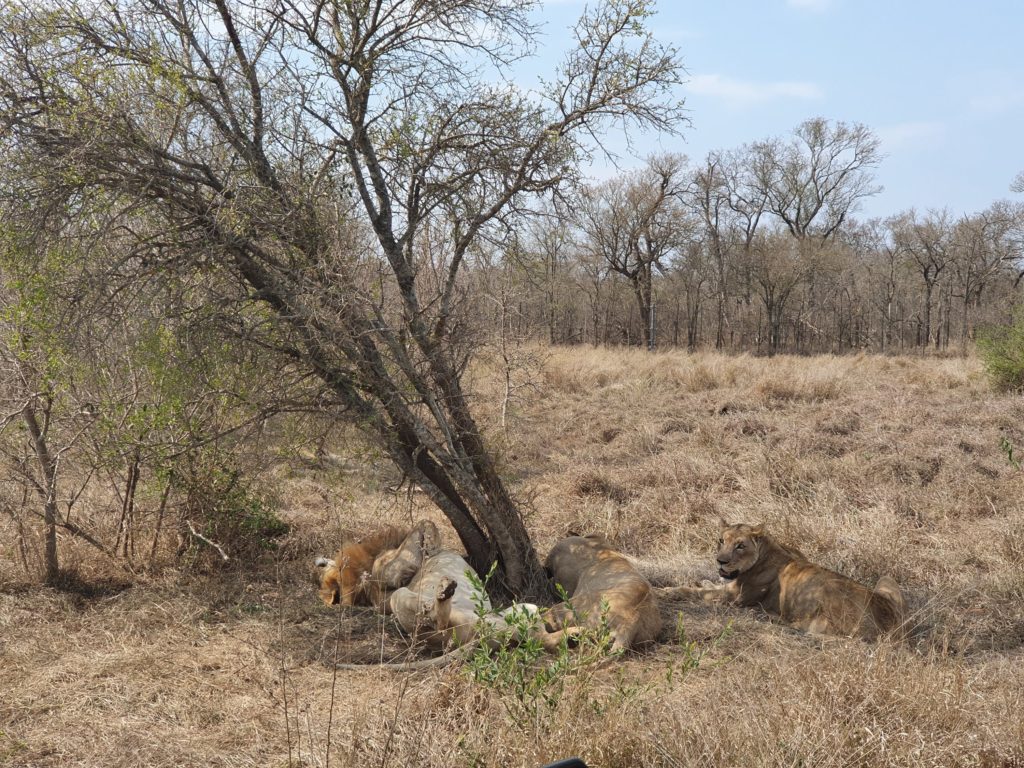
Of course we also saw other animals again, for example the impalas (our guide called them the “fast food of the jungle”). But for the most part we drove through the barren landscapes of the national park without seeing a living creature.
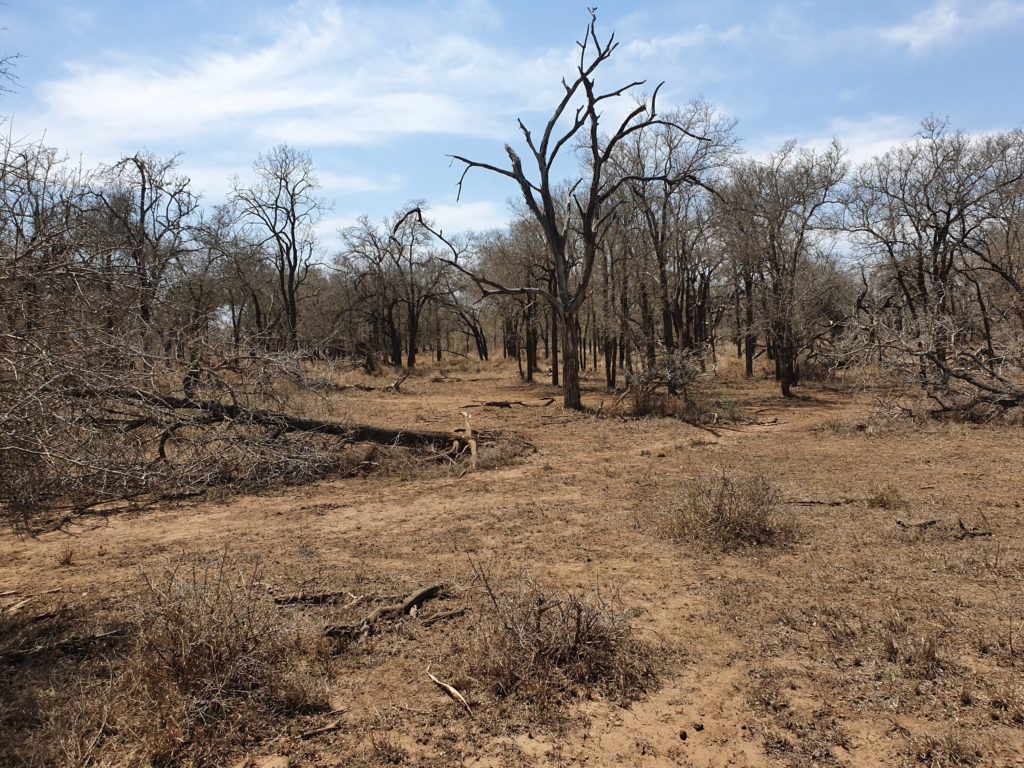
“It’s resting time,” our guide explained again and again due to the invisible animals. It’s true, safaris in the early afternoon will never guarantee that you will see a lot. In the end we simply had bad luck. At least the elephant, which was chasing our car for a while, caused a bit of excitement (respectively a little shock).
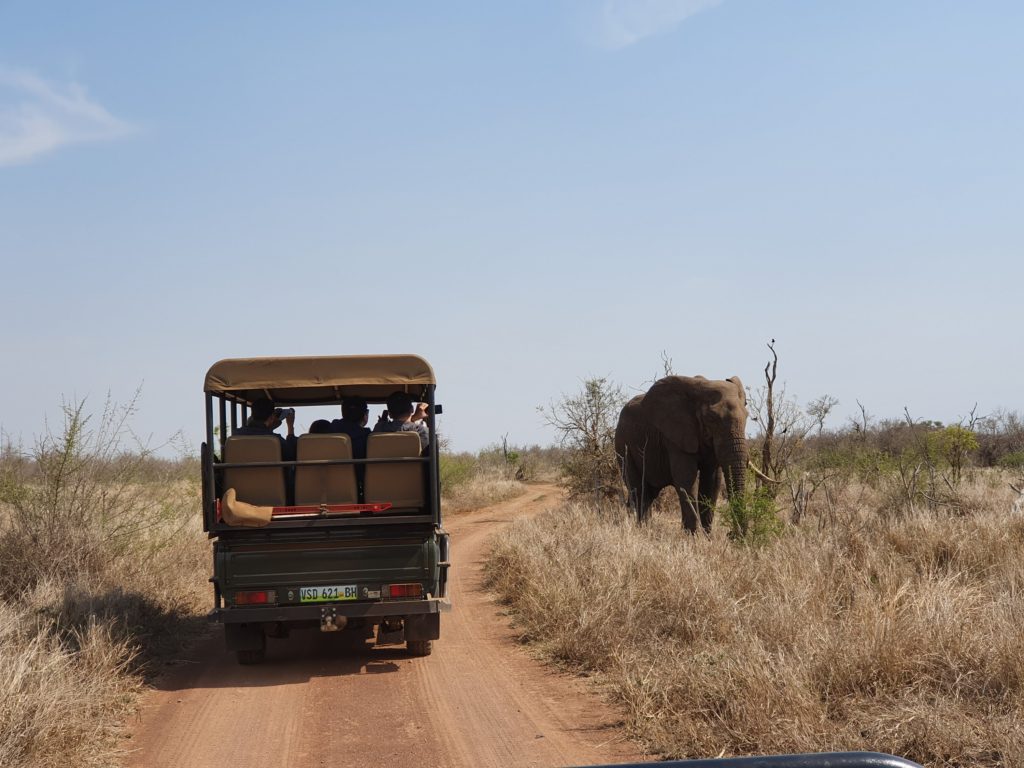
All in all, the game drive was still interesting. The highlight was the rhino drive in the morning though, but the whole day was great and I would do it again anytime. After the game drive we drove back to the Ezulwini Valley, where we spent our last night in Eswatini.
Traveling Eswatini
Eswatini is for many a rather unknown travel destination or many do not even know the country at all. And those who know Eswatini are more likely to do so because of inglorious facts. For example, the highest AIDS rate in the world (27% of the population have the disease or are HIV positive) or the king’s harem.
However, this does not do justice to the small country. Eswatini or Swaziland is a pretty cool travel destination and of the 19 countries I have seen in Africa (after Eswatini there were three more), it’s easily in the top five in my personal ranking.
What I like about Eswatini is his versatility, because the country offers every geographical feature of Africa’s terrain except the desert and the ocean. On the other hand, the country is so small that you can see and experience many interesting things in a very short time. The country is safe for African standards, the people are nice, infrastructure is not so bad and the price level is relatively cheap. In summary, Eswatini is one of the easiest travel destinations in Africa.
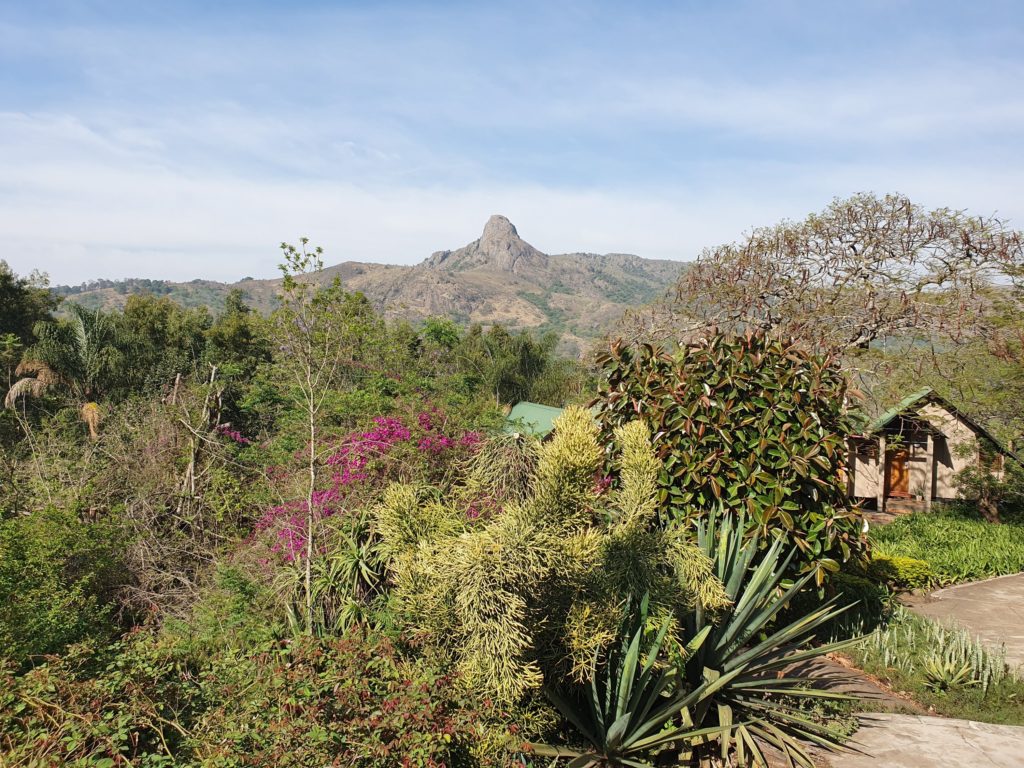
Several people have asked me if I would recommend Eswatini or not. For me, Eswatini is a good add-on to South Africa or an interesting travel destination for those who have traveled through South Africa before and want to see another country with less tourists in this region (the landscapes themselves are not very different from those in South Africa’s East). We enjoyed our time in Eswatini very much and the only negative thing was that we couldn’t stay any longer.
Beside the Hlane National Park and the Ezulwini Valley, I would have liked to see Sibebe Rock. After Australia’s Uluru, it is the second largest monolith in the world and it can be climbed. Or the beautiful Ngwenya Mine, supposedly the oldest mine in the world. Besides, the Swazi Cultural Village would have been right next to our hotel and the locals almost resented us not having visited it. The time was definitely too short in Eswatini, because something bad happened right at the beginning of our trip…
I wrote in the introduction that we booked three nights in Eswatini. Unfortunately, SWISS had something against these plans and canceled our flight from Zurich to Johannesburg, so that we arrived in Swaziland one day late. As a result, we ended up with only 1.5 instead of 2.5 days. For me personally this was extremely frustrating as I was very much looking forward to Eswatini and would have liked to spend one day more in the country.
Sad but true, it wasn’t our only flight that did not happen during this Africa trip. South African Airways canceled or diverted another of our flights without informing us. More about this later in the Malawi trip report. In addition, Ethiopian Airlines canceled my flight from Guinea to Sierra Leone at the beginning of this year, so I could only spend 1.5 instead of 3 days in Sierra Leone at the end.
All three airlines belong to StarAlliance. The case is now in legal clarification and it has been estimated that we will get back about 880 dollars for the canceled flight. At least a small consolation. Nevertheless, shame on you, StarAlliance! Because we don’t get the lost day in Eswatini back. And as I wrote earlier, there would have been enough great things to do.
However, Eswatini was still the most comfortable and also the least eventful country on the whole trip. Already in Mozambique things became more difficult…
